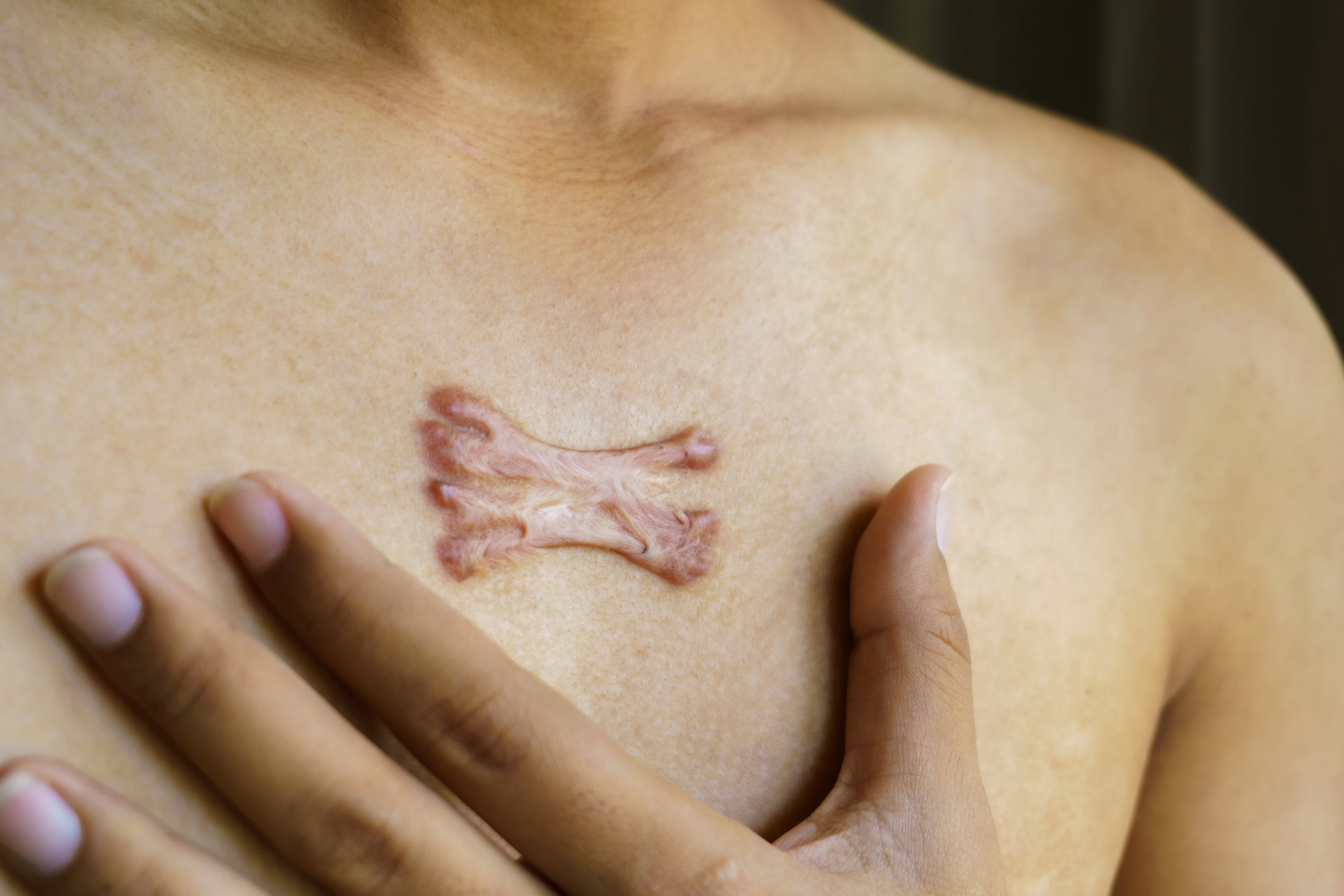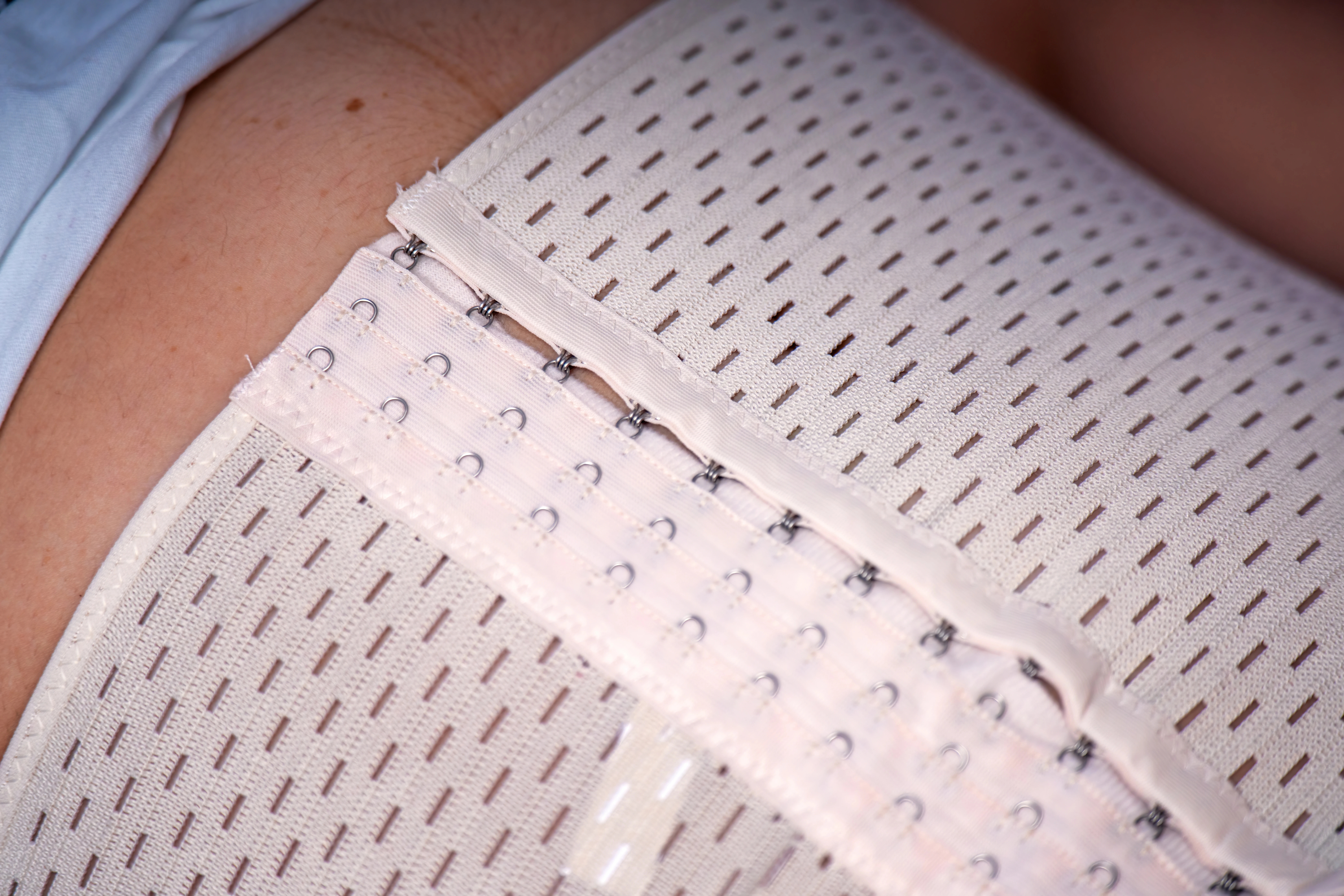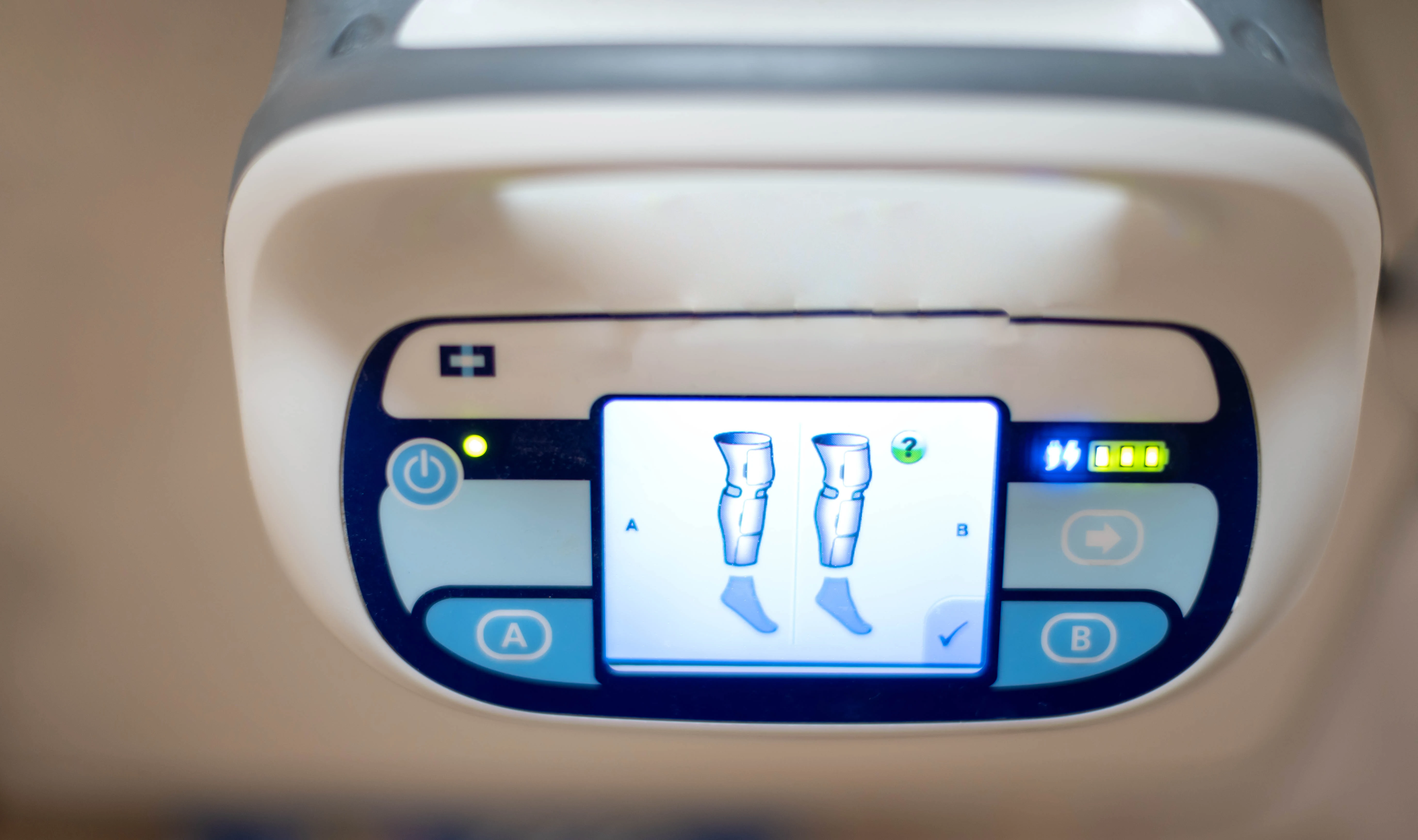Hypertrophic vs. Keloid Scars: What’s the Difference and How to Prevent Them

Scars are a natural part of healing, but not all scars behave the same. Some can become raised, firm, itchy, or even grow beyond the original injury. As a plastic surgeon, one of the most common questions I receive is:
“How do I prevent hypertrophic scars?”
To answer that, it’s important to first understand the difference between hypertrophic and keloid scars—and how we manage and prevent them both.
What Is a Hypertrophic Scar?
A hypertrophic scar is an abnormally thick, raised scar that stays within the boundaries of the original incision or injury. These scars are usually pink or purple in color, firm to the touch, and may feel itchy or slightly painful. They commonly occur after surgeries, burns, or larger skin injuries—but can happen after even minor wounds.
The key distinction: hypertrophic scars do not grow beyond the edges of the original wound.
What Is a Keloid Scar?
A keloid scar is more aggressive. It not only becomes raised and firm but also extends past the original wound margins, creating a tumor-like appearance. Keloids can form after very minimal trauma—like an acne scar, bug bite, or even an ear piercing. This type of scarring is often more difficult to treat and more likely in genetically predisposed individuals.
Who Is at Risk?
If you’ve had abnormal scars in the past, you may be more prone to developing hypertrophic or keloid scars in the future. That’s why I always ask my patients, “Do you have a history of abnormal scarring?” Identifying at-risk individuals allows us to take additional preventative steps early on.
How to Prevent Abnormal Scarring
While we can’t always predict how a scar will form, there are several effective strategies to reduce your risk:
1. Meticulous Closure
During surgery, I close incisions with great care to minimize tension across the skin. High-tension wounds are more likely to develop raised or thickened scars.
2. Prompt Wound Closure
Wounds left open too long (as can happen with burns) have a much higher chance of developing hypertrophic scarring. Our goal is always to close wounds within two weeks whenever possible.
3. Early Scar Support
Right after surgery or injury, we often apply silicone tape or paper tape to help provide gentle pressure and guide scar maturation. This reduces tension and inflammation along the incision line.
Treatments for Hypertrophic and Keloid Scars
If an abnormal scar does develop, there are several treatments we can offer:
- Steroid Injections (Kenalog): A first-line treatment for raised scars. It often takes more than one injection to flatten and soften the scar.
- Chemotherapy Injections (5-Fluorouracil): Used in combination with Kenalog for more resistant scars. While 5-FU is also used on precancerous skin lesions, it has a role in calming abnormal scar growth as well.
- Laser Therapy: Can help reduce redness, thickness, and texture irregularities.
- Surgical Excision and Re-closure: Sometimes the best option for mature, non-responsive scars.
Final Thoughts
The most important step in scar management is proactive planning—especially for patients with known risk factors. Through careful surgical technique, early intervention, and the right scar care protocol, we can often minimize or prevent hypertrophic and keloid scars before they become problematic.
Have a question about scarring, surgery, or recovery? I’d love to hear from you. Contact the office to schedule a consultation.
—
Dr. Victoria Aimé, Plastic Surgeon | Metropolitan Plastic Surgery, Scottsdale, AZ
Our surgical and non-surgical treatment options
Ready to start your transformation?
Whether you’re just beginning to explore your options or have specific goals in mind, we’re here to guide you with expertise and compassion.

Read more articles

Do You Really Need to Wear a Post-Op Abdominal Binder or Compression Garment?
Wondering if you really need that post-op binder or compression garment? Learn what they actually do, the evidence behind them, how long to wear them, and how to choose one that fits your recovery needs and budget.

The 3 Most Important Parts of Recovery After Plastic Surgery
Learn the three most important parts of recovering safely after surgery: anesthesia safety, infection prevention, and bleeding or clotting management. Dr. Victoria Aimé explains what patients need to know before and after their procedure.

Why We Use SCDs for Blood Clot Prevention After Surgery
SCDs are a simple but powerful tool used during and after surgery to prevent blood clots. Learn how they work and why we send tummy tuck patients home with them.

Hypertrophic vs. Keloid Scars: What’s the Difference and How to Prevent Them
Not all scars are the same. Learn the key differences between hypertrophic and keloid scars, what puts you at risk, and how to prevent and treat abnormal scar formation after surgery or injury.
